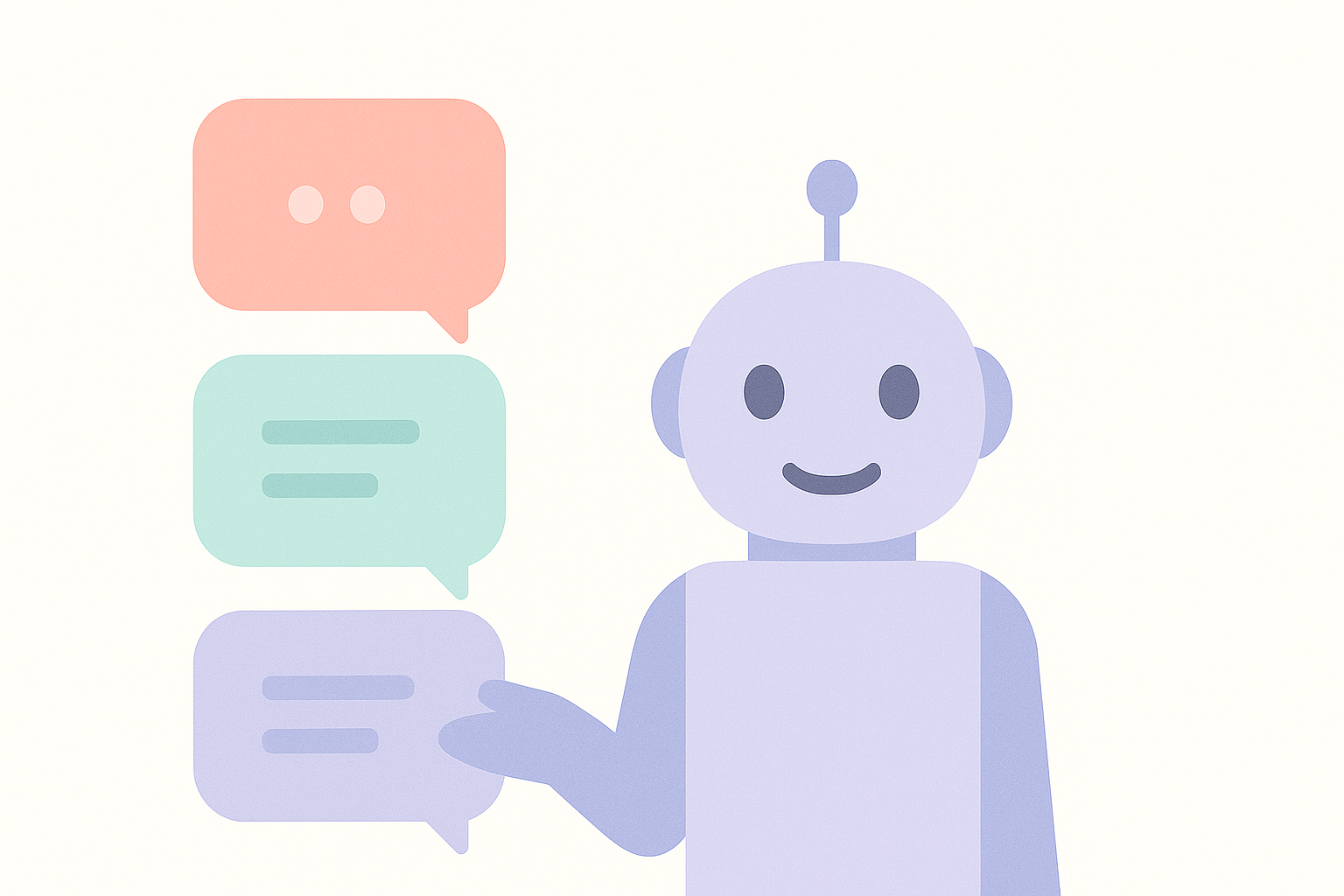Every great user insight begins with a great question — and the way that question evolves through follow-ups often determines the depth and quality of the findings. In our latest Hubble webinar, AI Interviews: Probing for Different Research Goals, we explored how researchers can refine their probing techniques to align with specific objectives, such as uncovering user motivations, evaluating usability, or gathering product feedback. The session highlighted how AI-moderated interviews can dynamically adapt their questioning style in real time, adjusting tone, depth, and specificity based on participant responses. By tailoring probes to the research goal, teams can move beyond surface-level reactions and uncover the emotional drivers, behavioral patterns, and usability insights that lead to more confident product decisions.
Why Probing Needs to Be Customized
Probing isn’t a one-size-fits-all practice — it’s an art that evolves with your research goals. The way you follow up with participants should always reflect what you’re trying to learn. When your probes are aligned with your intent, you naturally unlock richer, more contextual insights, avoid leading or biased responses, and create interviews that feel conversational rather than interrogative. The beauty of AI-powered interviews is their ability to recognize these nuances in real time. They can adjust tone, question depth, and follow-ups automatically, ensuring that every conversation stays relevant, balanced, and deeply insightful — no matter the topic or participant.
Three Core Research Modes and How to Probe
Exploratory Research
Exploratory research is all about digging into user motivations, emotions, and unmet needs, the deeper layers that drive behavior. The purpose here is to understand the “why”, not just the “what.” Probes in this context should be open-ended and reflective, giving participants the space to think and share freely.
Examples Include:
- “Tell me more about what led you to that.”
- “What does that mean in your daily context?”
These types of prompts encourage richer storytelling and reveal emotional context that might otherwise stay hidden. Exploratory probes expand the conversation, helping researchers identify emerging patterns and opportunities for innovation.
Usability Testing
Exploratory research is all about digging into user motivations, emotions, and unmet needs — the deeper layers that drive behavior. The purpose here is to understand the “why”, not just the “what.” Probes in this context should be open-ended and reflective, giving participants the space to think and share freely.
Example include:
- “Tell me more about what led you to that.”
- “What does that mean in your daily context?”
These types of prompts encourage richer storytelling and reveal emotional context that might otherwise stay hidden. Exploratory probes expand the conversation, helping researchers identify emerging patterns and opportunities for innovation.
Product Feedback
Product feedback sessions are where you assess how users feel about what you’ve built — whether it’s intuitive, appealing, or valuable. The aim is to understand both perception and desirability, and how your product fits into the user’s world. Probes here should be comparative and evaluative, inviting users to reflect on how your product stacks up against their expectations or alternatives.
Examples include:
- “What stands out most to you?”
- “How does this compare to what you use now?”
These probes reveal a blend of emotional resonance and practical assessment, helping you capture what users truly think — not just what they say in the moment.
The Key Takeaway
Great probing aligns with your research goal, turning surface responses into deep understanding. With AI Interviews, this alignment becomes scalable—ensuring that every session, whether moderated by a human or AI, consistently maintains high research quality and delivers richer, more actionable insights across your team.
FAQs
Probing refers to the follow-up questions a moderator asks to encourage participants to elaborate on their thoughts, feelings, or actions. It helps researchers move beyond surface-level answers to uncover deeper motivations, perceptions, and context behind user behavior.
AI-moderated interviews on platforms like Hubble can recognize participant responses in real time and adjust their probing style accordingly. The AI detects whether the context is exploratory, usability-focused, or feedback-driven, then tailors follow-up questions to match—creating a more natural and consistent research flow.
Different research goals require different kinds of depth. For example, exploratory research benefits from open-ended, reflective probes that reveal motivations, while usability testing relies on specific, task-focused probes to pinpoint friction. Customizing probes ensures the data collected is relevant, unbiased, and actionable.
Each type of question is designed to uncover different insights—from emotional motivations to task-level barriers.










